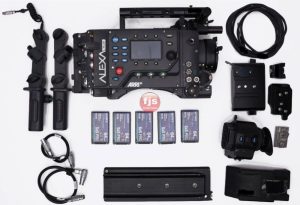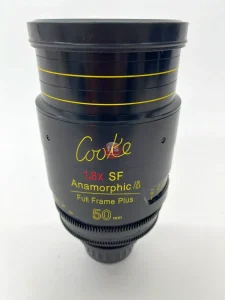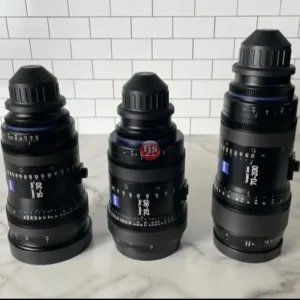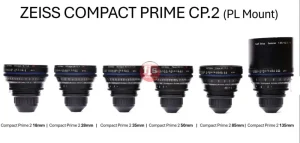While the ARRI Master Prime lenses are cinematic powerhouses renowned for their sharpness and speed, they weren’t designed for the unique world of anamorphic filmmaking. Can adapters bridge the gap and unlock the anamorphic aesthetic with these lenses? Let’s delve into the possibilities and limitations.
Master Prime: A Champion of Purity
- Superbly Sharp: These lenses boast exceptional sharpness across the entire focal range, ensuring crisp and detailed images.
- Classic Look: Their minimalist design prioritizes a natural, undistorted aesthetic, perfect for realistic storytelling.
- Speed Demons: With a consistent T1.3 aperture, they excel in low-light situations and offer stunning control over depth of field.
- Super 35 Focus: Optimized for Super 35 sensors, they deliver peak performance within this widely used format.
Anamorphic Allure: A Different Dimension
The anamorphic format is captivating, characterized by:
- Wider Field of View: Capturing expansive vistas and adding a sense of grandeur to your scenes.
- Distinctive Bokeh: The oval-shaped bokeh adds a dreamy, filmic quality to out-of-focus areas.
- Unique Lens Flares: Anamorphic flares contribute to a distinct aesthetic, often described as horizontal streaks adding an ethereal touch.
Adapter Intervention: Can It Replicate the Magic?
Using adapters with Master Prime lenses can technically widen the image, offering a slightly broader field of view compared to their native Super 35 format. However, it’s crucial to understand the limitations:
- No True Anamorphic Look: Adapters cannot replicate the internal optics of true anamorphic lenses, meaning you won’t achieve the characteristic bokeh shapes and flares.
- Potential Vignetting: Depending on the adapter and camera combination, you might encounter vignetting, darkening the corners of your frame.
- Compromised Image Quality: Adapters can sometimes introduce slight chromatic aberrations or image softness, impacting the pristine quality of Master Prime lenses.
Conclusion: Embrace the Right Tool for the Job
While adapters offer some flexibility, remember that Master Prime lenses excel in delivering a distinct, non-anamorphic aesthetic. If your heart yearns for the true anamorphic look, consider these options:
- Dedicated Anamorphic Lenses: Explore ARRI Master Anamorphic or other anamorphic lens series designed specifically for this format.
- Alternative Super 35 Lenses: Several Super 35 lenses offer wider field of view options while maintaining a natural look.
Ultimately, the choice depends on your creative vision and desired outcome. If achieving the true anamorphic characteristics is paramount, adapters with Master Prime lenses might not be the ideal solution. Embrace the strengths of each tool and choose the one that empowers your unique storytelling vision.
Frequently Asked Questions:
Q: What are the benefits of using adapters with Master Prime lenses for a wider field of view?
A: It can offer a more immersive feel to your scenes, but remember the limitations in achieving the full anamorphic look.
Q: Are there any drawbacks to using adapters besides vignetting?
A: Potential image quality compromises like chromatic aberrations or slight softness are possibilities.
Q: What if I want both the wider field of view and the true anamorphic aesthetic?
A: Invest in dedicated anamorphic lenses designed for full-frame or Super 35 sensors, depending on your format preference.







